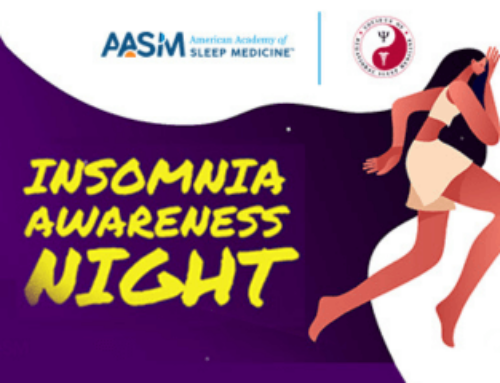Westchester, Ill. — A study in the June 1 issue of the journal SLEEP found that waist circumference and body mass index (BMI) are consistent, independent risk factors for all severity levels of sleep disordered breathing (SDB) in children, suggesting that as with adult SDB, metabolic factors are important risk factors for childhood SDB.
Results indicate that BMI and waist circumference, but not neck circumference, were significant and strong predictors of SDB at all severity levels – primary snoring, mild SDB and moderate SDB. Nasal anatomic factors such as chronic sinusitis, rhinitis and nasal drain were significant predictors of mild SDB; minority status was associated with primary snoring and mild SDB. Tonsil size, assessed by visual inspection, was not a significant risk factor for any level of SDB. Overall, 1.2 percent of children had moderate SDB (an apnea/hypopnea index of five or more breathing pauses per hour of sleep), 25 percent had mild SDB (AHI of at least one but less than five) and 15.5 percent had primary snoring.
According to principal investigator Edward O. Bixler, PhD, of Penn State University College of Medicine in Hershey, Penn., it is often assumed that the primary mechanism of SDB in children is the presence of large tonsils or adenoids. The study suggests, however, that the causes of SDB in children are more complex, that there may be a systemic influence of obesity, and that adenotonsillectomy may not always be the most effective, first-line treatment.
“Risk factors for SDB in children are complex and include metabolic, inflammatory and anatomic factors,” said Bixler. “Because SDB in children is not just the outcome of anatomical abnormalities, treatment strategies should consider alternative options, such as weight loss and correction of nasal problems.”
The American Academy of Sleep Medicine reports that snoring is one warning sign for obstructive sleep apnea, a common form of SDB that occurs when soft tissue in the back of the throat collapses and blocks the airway during sleep. Snoring that is related to sleep apnea tends to be loud and may include obvious pauses in breathing and gasps for breath. Parents often notice that the child seems to be working hard to breathe during sleep.
The study gathered data from 700 children between the ages of 5 and 12 years who were randomly selected from 18 public elementary schools in Dauphin County, Penn. Fifty-two percent were female, and 23.8 percent of the children were either Black or Hispanic. Each child was evaluated by a physical exam and monitored for nine hours during one night of polysomnography in a sleep laboratory.
The overall average AHI was 0.8 breathing pauses per hour of sleep, with a maximum value of 24.6. The prevalence of moderate SDB was higher in older children; two percent of children between the ages of 9 and 12 years had moderate SDB, compared with only 0.2 percent of children between 5 and 8 years of age.
A media fact sheet about obstructive sleep apnea is available at https://aasm.org/resources/FactSheets/SleepApnea.pdf , and information for the public about obstructive sleep apnea in children is available at http://www.sleepeducation.com/Disorder.aspx?id=71.
SLEEP is the official journal of the Associated Professional Sleep Societies, LLC (APSS), a joint venture of the American Academy of Sleep Medicine and the Sleep Research Society.The APSS publishes original findings in areas pertaining to sleep and circadian rhythms. SLEEP, a peer-reviewed scientific and medical journal, publishes 12 regular issues and 1 issue comprised of the abstracts presented at the SLEEP Meeting of the APSS.
For a copy of the study, “Sleep Disordered Breathing in Children in a General Population Sample: prevalence and Risk Factors,” or to arrange an interview with the study’s author, please contact Kelly Wagner, AASM public relations coordinator, at (708) 492-0930, ext. 9331, or kwagner@aasm.org.
AASM is a professional membership organization dedicated to the advancement of sleep medicine and sleep-related research. As the national accrediting body for sleep disorders centers and laboratories for sleep related breathing disorders, the AASM promotes the highest standards of patient care. The organization serves its members and advances the field of sleep health care by setting the clinical standards for the field of sleep medicine, advocating for recognition, diagnosis and treatment of sleep disorders, educating professionals dedicated to providing optimal sleep health care and fostering the development and application of scientific knowledge.
###




